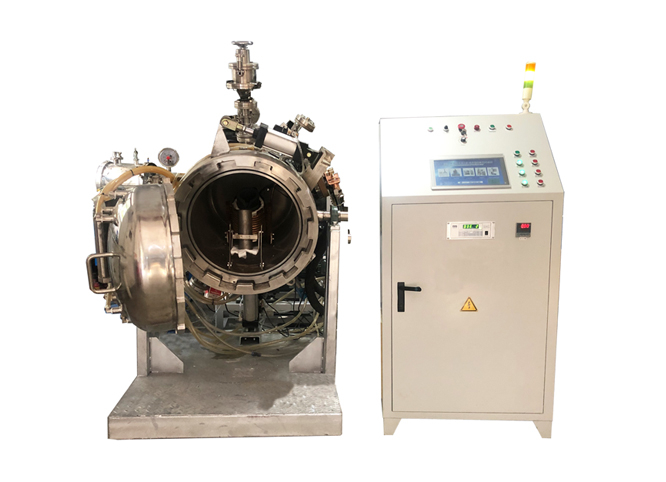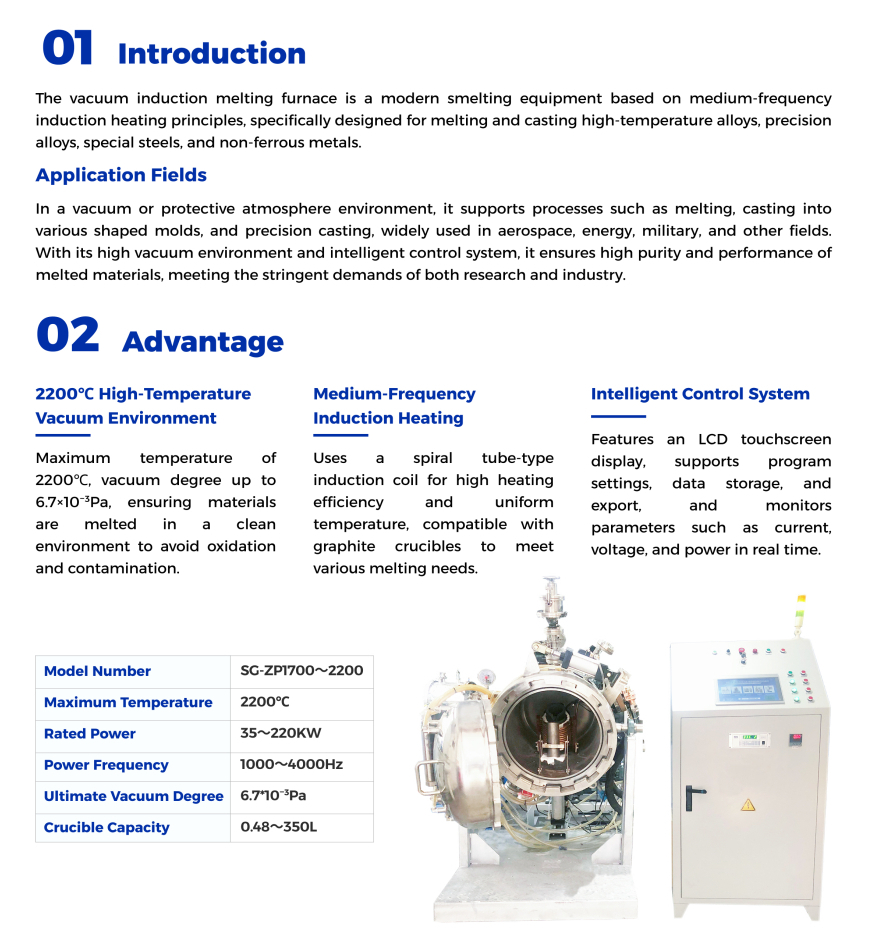
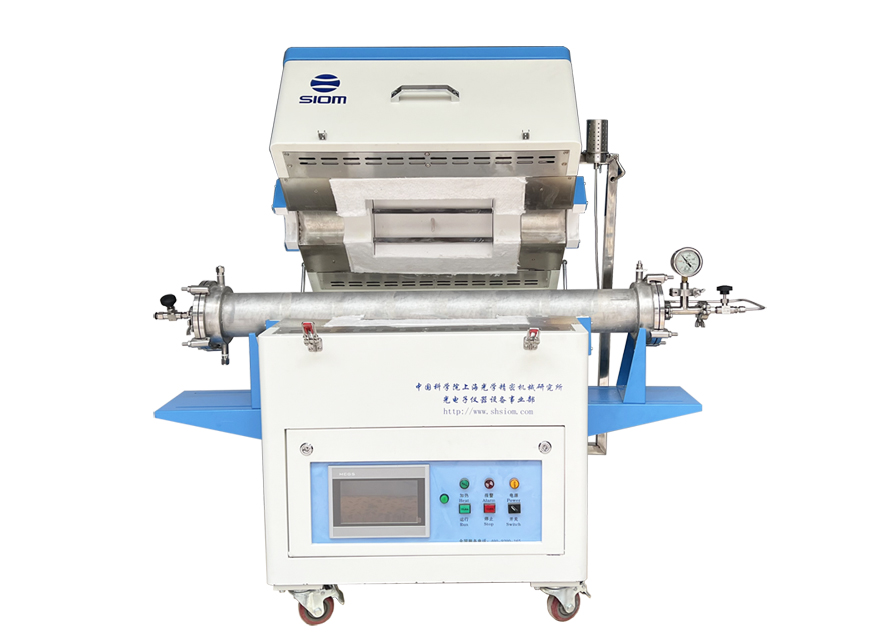 GL Tube-Type Furnace
GL Tube-Type Furnace
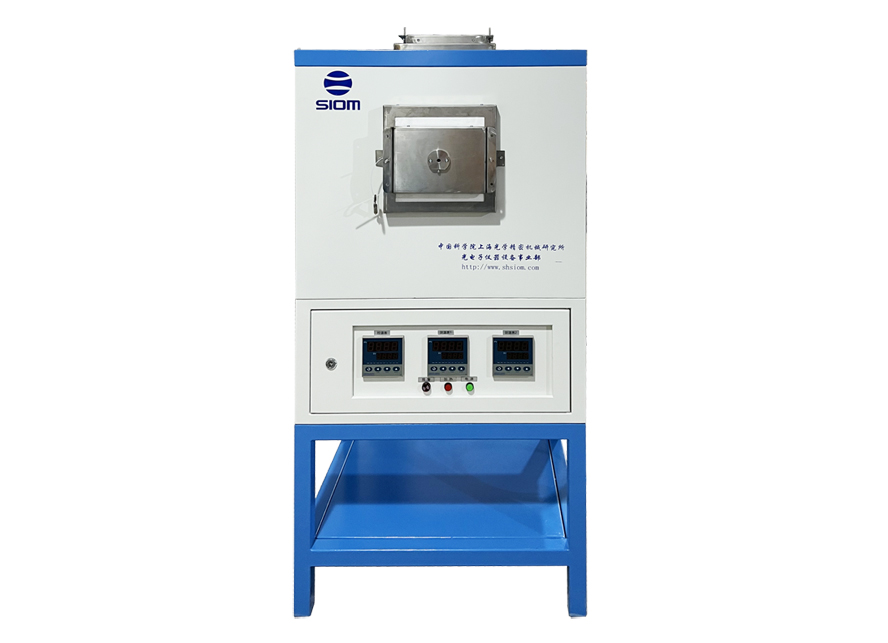 XL Box-Type Furnace
XL Box-Type Furnace
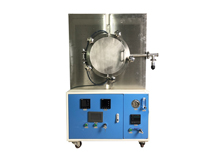 XQL Atmosphere Furnaces
XQL Atmosphere Furnaces
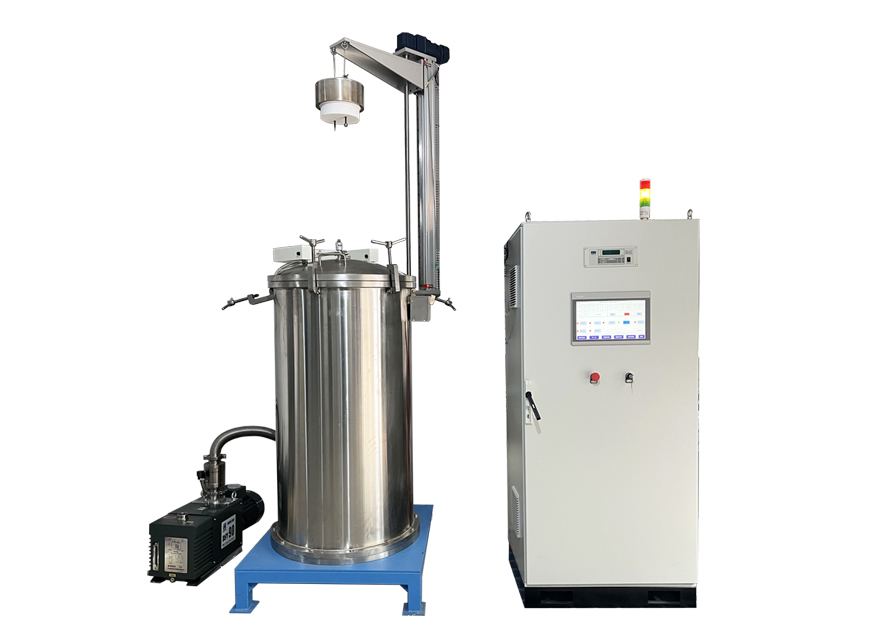 JSL Pit-Type Furnace
JSL Pit-Type Furnace
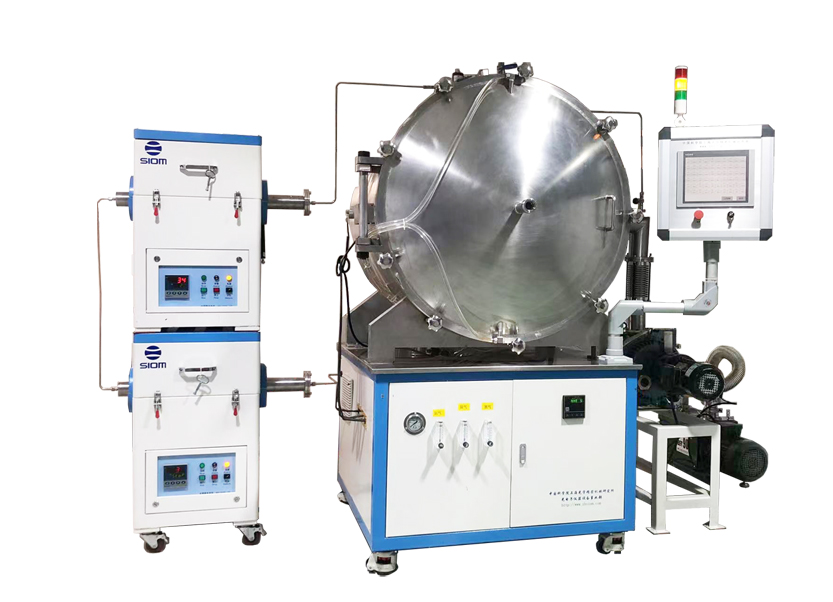 SJ Sintering Furnace
SJ Sintering Furnace
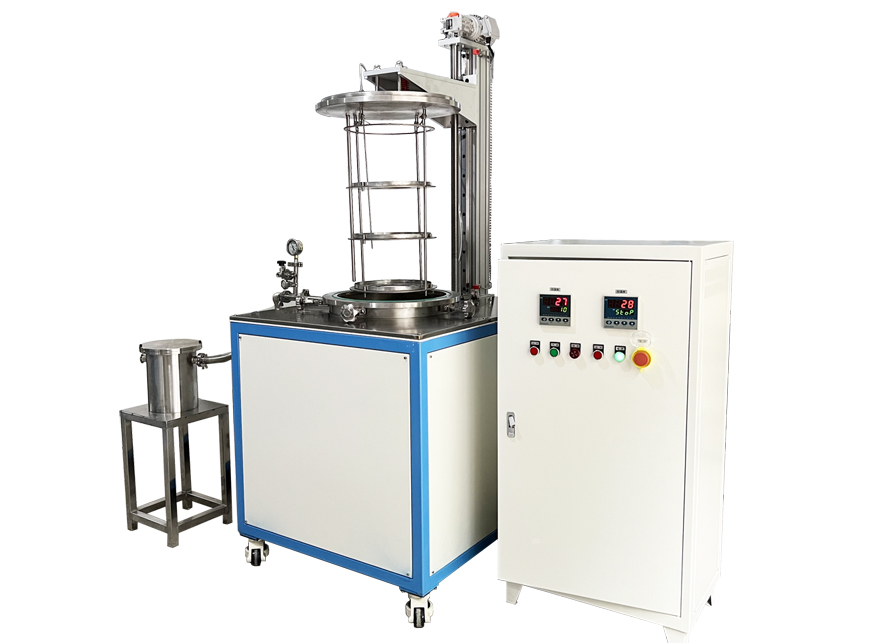 SJL Elevator Type Furnace
SJL Elevator Type Furnace
